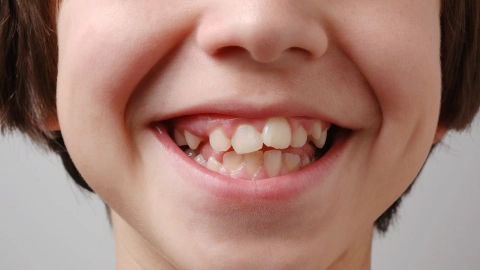ICD-Code K07.3: Anomalies of tooth position
The position of one or more of your teeth has changed.
The roots of the teeth anchor the teeth in the upper jaw bone and lower jaw bone.
The position of teeth can change in different ways. Teeth may be too close to, or too far away from, one another. This can occur if teeth are missing or if you have more teeth than normal. A tooth can also become twisted within its position. Teeth may also be located in the wrong place in the jaw bone, or the position of two adjacent teeth may be inverted. Teeth may also break through the gum late, or not break through at all. Teeth may also fail to fully break through the gum.
When teeth are in the wrong position, the teeth may not be properly aligned when biting.
Additional indicator
On medical documents, the ICD code is often appended by letters that indicate the diagnostic certainty or the affected side of the body.
- G: Confirmed diagnosis
- V: Tentative diagnosis
- Z: Condition after
- A: Excluded diagnosis
- L: Left
- R: Right
- B: Both sides
Further information
Source
Provided by the non-profit organization “Was hab’ ich?” gemeinnützige GmbH on behalf of the Federal Ministry of Health (BMG).



